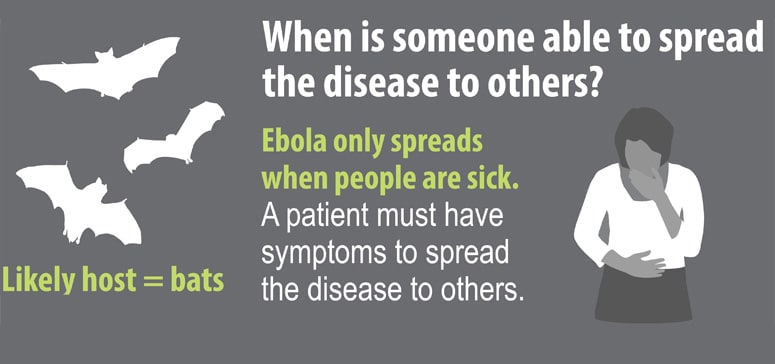Red Ribbon Week 2014
By Waverly Spratt
Starting this Monday, October 27th, the Woodlands Preparatory school will be participating in the annual "Red Ribbon Week", the largest anti-drug campaign in the United States. Red Ribbon Week is a national movement that encourages students across America to live a healthy, drug-free lifestyle by simply saying "no" to drugs! To help enforce this positive message, the students at Woodlands Prep are invited to participate in the following 5 themed days:
Monday, October 27th (Today): Students are urged to "Sock It" to drugs by wearing crazy socks with the school uniform.
Tuesday, October 28th: It's time to "Band Together" against drugs! Students can wear a bandana with the school uniform.
Wednesday, October 29th: Students can get inspired to "Team Up" against drugs by wearing their favorite team shirt / jersey / outfit with school uniform bottoms.
Thursday, October 30th: Keep calm and "Lei Off" drugs for life; wear a Hawaiian shirt, flower, or lei with the school uniform bottoms.
Friday, October 31st: This Halloween, students are encouraged to "Scare Away" drugs by wearing a Halloween costume to school! (Make sure this costume is school appropriate).
In addition to this fun week of themes, both lower and upper school students will be learning more about the harmful effects of drugs through a series of lectures and activities.
Woodlands Prep is proud to be drug-free!













